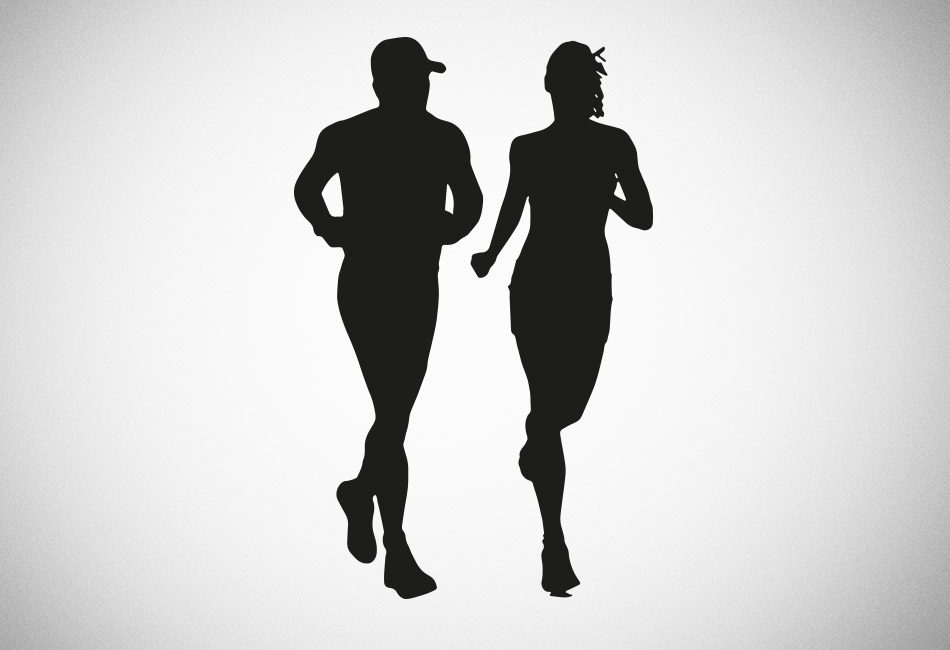
Sunny days invite running. The mental image of warm weather, sunny environments and a cooling breeze as we run is hard to resist, even if the reality most of us face is somewhat different. Running in the sun however is a challenge. The skin heats up faster. We start to sweat sooner and we very quickly feel the thermal load build up which means we struggle to oxygenate our muscles properly with each breath.
The feeling of general discomfort that occurs from running in hot weather is enough for most people to avoid it. Yet, there are significant fitness and health gains to be made from it for every runner. Like everything else that has to do with fitness it has to be planned carefully and managed sensibly.
To understand how running in hot weather helps us improve running in any type of weather we need to revisit some basics. Running, like every physical activity, generates heat. Heat is a stressor for the body and affects performance as it builds up[1]. Like every other stressor the body faces, heat stress (more scientifically called “Thermal Load”) can trigger adaptations that allow the body to perform better not just in a hot environment but in all the other environments too[2].
Intuitively the reason this happens is because running in hot weather is a hard thing to do and when the body successfully adapts for it, it finds all other types of environment easier to run in. But there is also a complex chain of biomechanics that all runners need to be aware of.
The Heat Stress Of Running
When we run we sweat. Skin blood flow and sweat rate are designed to cool down skin temperature. These two are called thermoregulatory activities and they create a physiological strain. In addition to its traditional feedback mechanism that allows us to gauge our core temperature, skin temperature is also what is called a feedforward mechanism[3] that directly feeds information (and energy) from the environment to our core. So, when we run in hot weather, the environment adds a heat load that places additional stress on our core temperature.
When we are at rest and healthy our core temperature is stable at 37℃ (98.6℉). When we experience hot weather at rest, when we run or, as we are suggesting here, when we run in hot weather the body has to work a lot harder to maintain its core temperature. The processes that have to work harder are breathing (respiratory system), blood circulation (cardiovascular system) and sweating (perspiratory system). Each of these mechanisms has implications that affect both performance and endurance[4].
What Happens When We Run In Hot Weather
Studies involving trained cyclists[5] showed that when training in hot weather under conditions that resulted in a small degree of dehydration the participants benefited from:
- Decreased heart rate.
- Increased plasma volume in the bloodstream.
- Better use of oxygen during each breath (VO2 Max gains).
- Decreased core temperature at the beginning of the exercise (i.e. increased heat tolerance).
- A reduction in blood lactate[6],[7].
- Increased skeletal muscle force.
- Ultimately endurance in running requires the body to be able to make better use of oxygen for far longer than an ‘average’, untrained runner. A decreased heart rate provides a runner with a greater margin during which he can run without taxing his body (and heart) for more oxygen.
Plasma is the liquid part of the blood. Increased volume of plasma in the bloodstream means that the body has extra liquid to push to the skin vessels to help cool the skin down and doesn’t need to take oxygen-carrying red blood cells away from the muscles, that need them.
Reduced lactate in the bloodstream means that there is more oxygen available to divert to the muscles during exercise. VO2 max gains offer the body greater oxygen absorption (and use) per breath. Increased strength output by the muscles (because of more efficient oxygen use) means that the heat load generated during exercise is going to be lower than usual. All of this physical efficiency is reflected in the lower core temperature at the beginning of the run.
When the body has undergone the adaptations necessary to allow it to run in hot weather, running in a cooler environment becomes significantly easier. This means that we can then up the intensity of running because we have trained our body to take a far greater load and, as a result, it has become more efficient in its use and management of resources such as fluids, fuel and oxygen.
Smart Ways To Use The Heat in Your Training
Although most studies have used already highly trained athletes to gauge the results, the consensus is that training in hot weather is hard. It also doesn’t replace traditional training consistency so it isn’t a shortcut to getting fitter. It is, instead, a tool to help us optimize our physical performance.[8]
Coaches who use thermal load as a training device do so as an extra add-on, instead of a replacement for regular running training. In addition, because running in the heat is so hard, they reduce the intensity of the training involved in those days and take into account that every individual responds a little differently.[9]
Additionally, running in the heat requires a gradual process of building up tolerance, particularly if dehydration, during exercise, is used as an additional stressor.[10], [11]
More studies have shown that using a hot environment, like a sauna, after normal training, delivers benefits similar to running in hot weather.[12] This helps athletes achieve a certain consistency in their training in hot environments so they can maintain the fitness gains they have made.
Summary
Running in hot weather, at whatever intensity, delivers fitness benefits in terms of speed, power and endurance that can then be applied in running in all weather conditions.[13] However, there has to be a gradual build-up to get the body accustomed to the excess heat load. Consistency in training in hot environmental conditions always trumps any sudden build-up. Finally, hot weather (or hot environment) training is an additional tool in a runner’s training toolkit and not a substitute for consistent, sustained training in running, speed, strength and endurance.


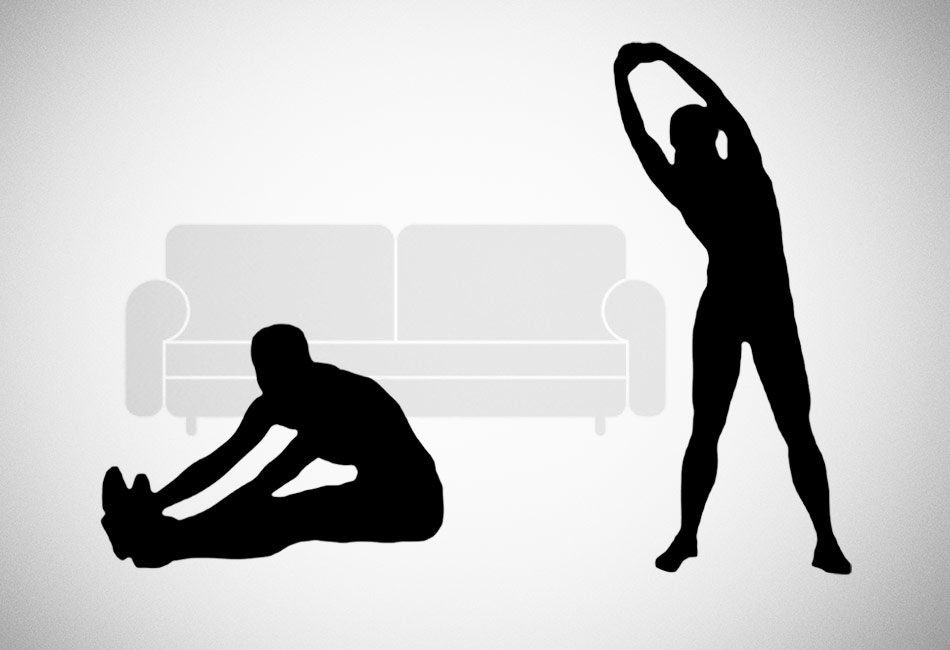
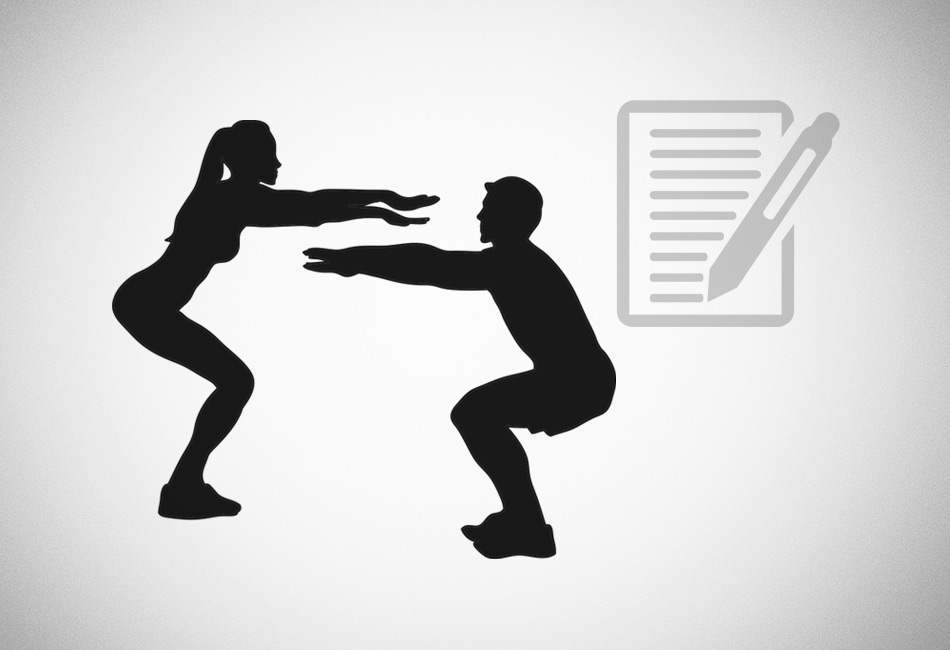
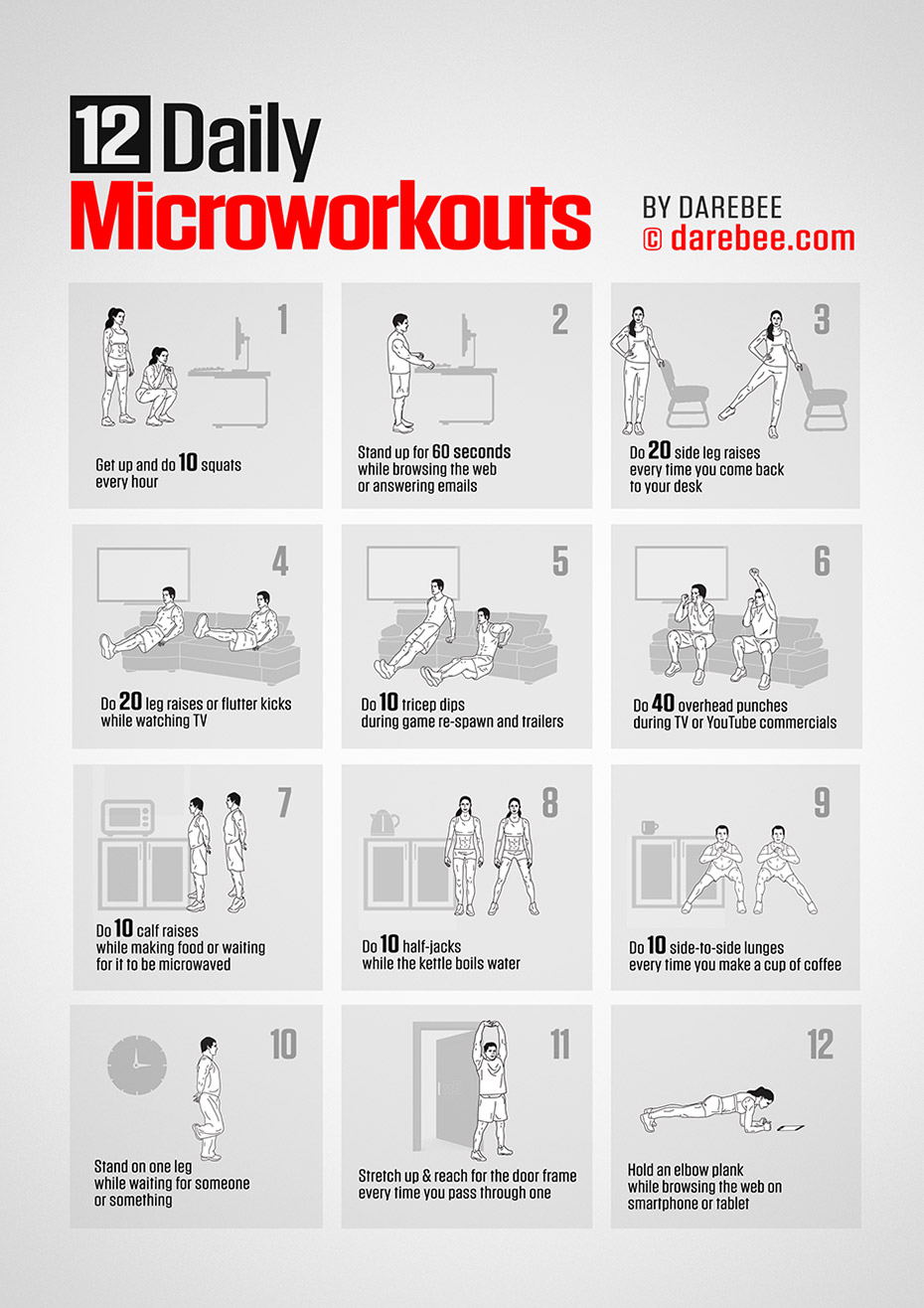
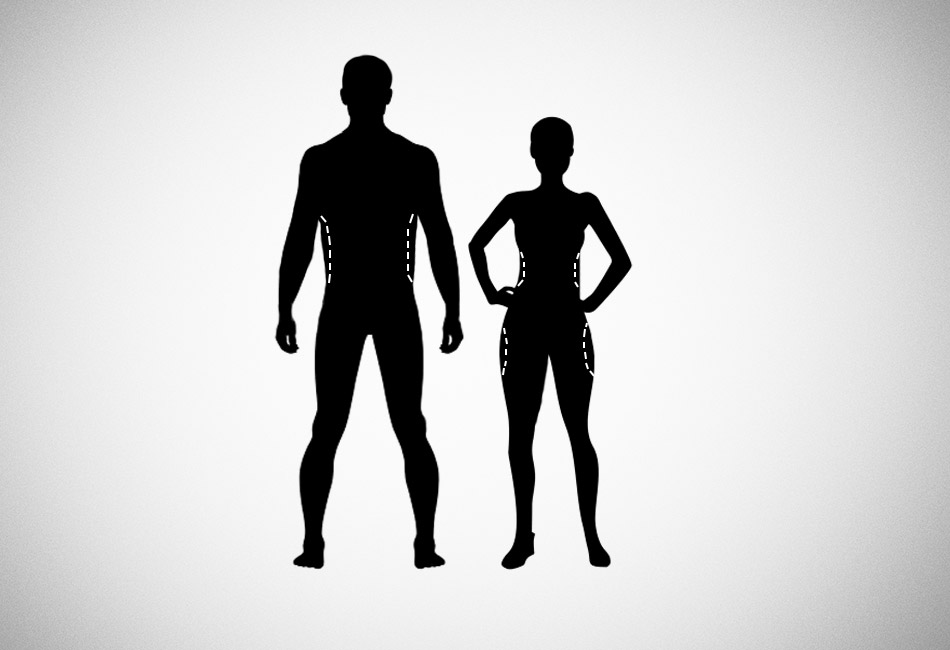
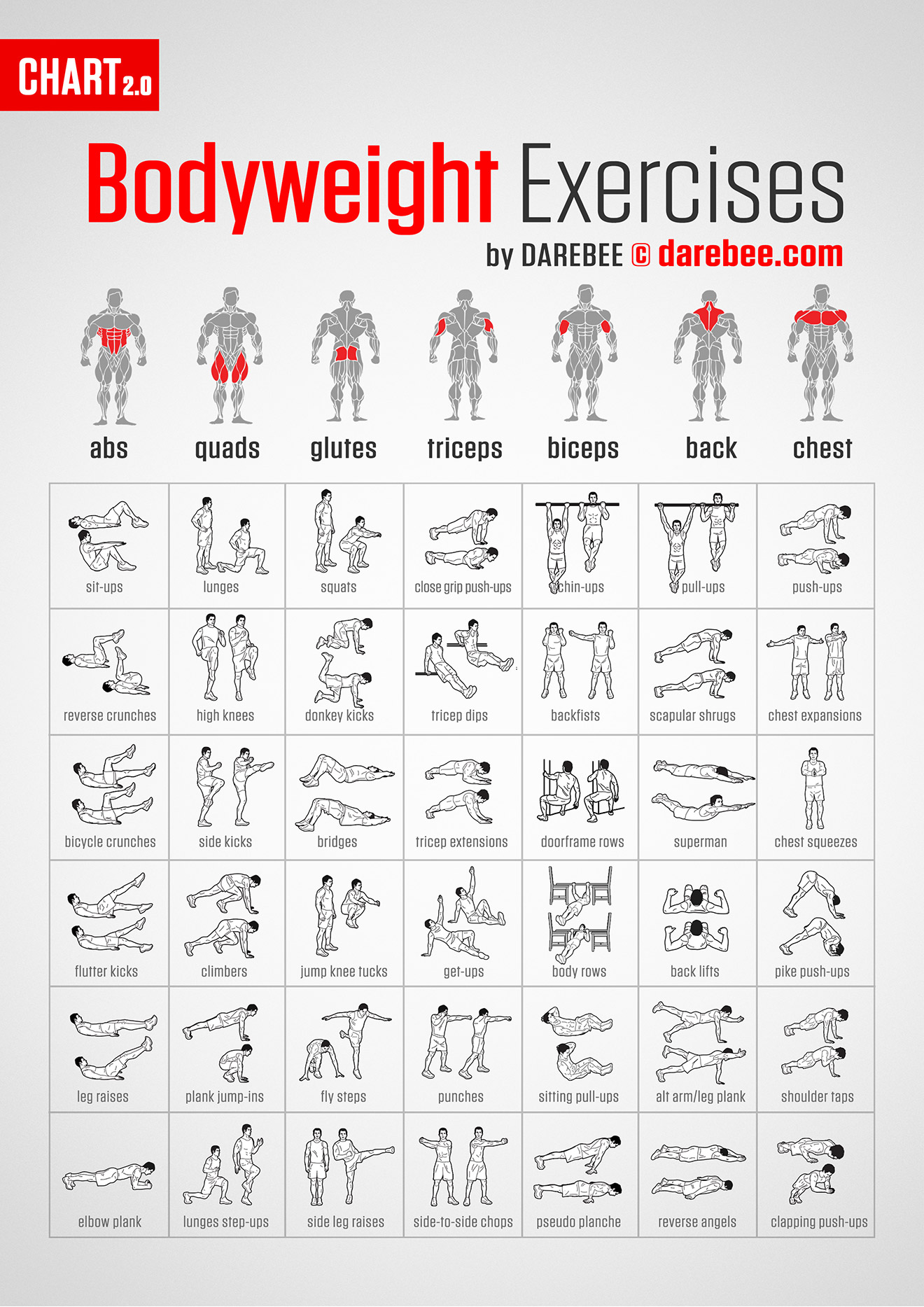
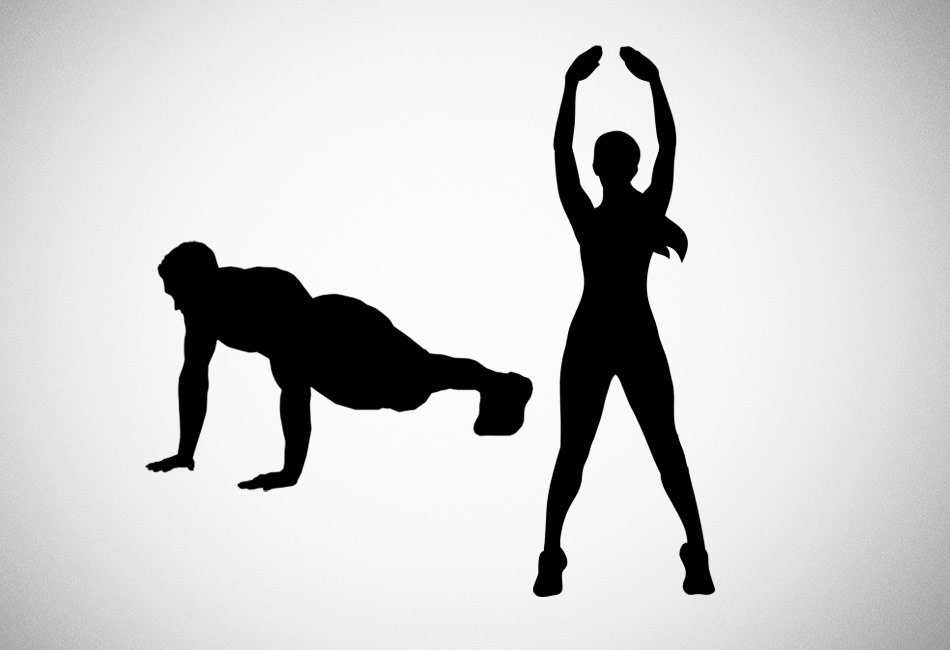
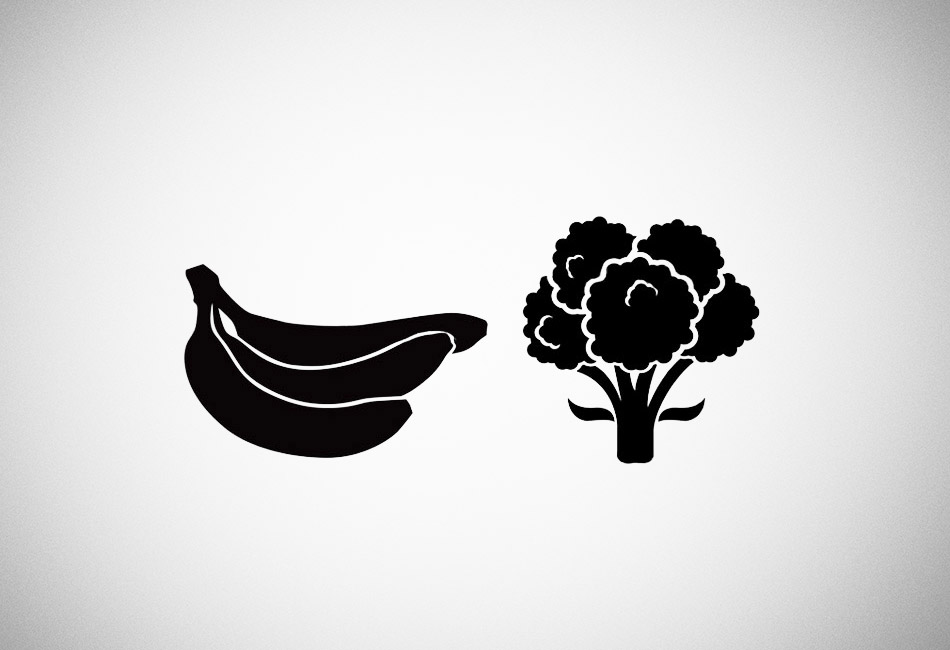
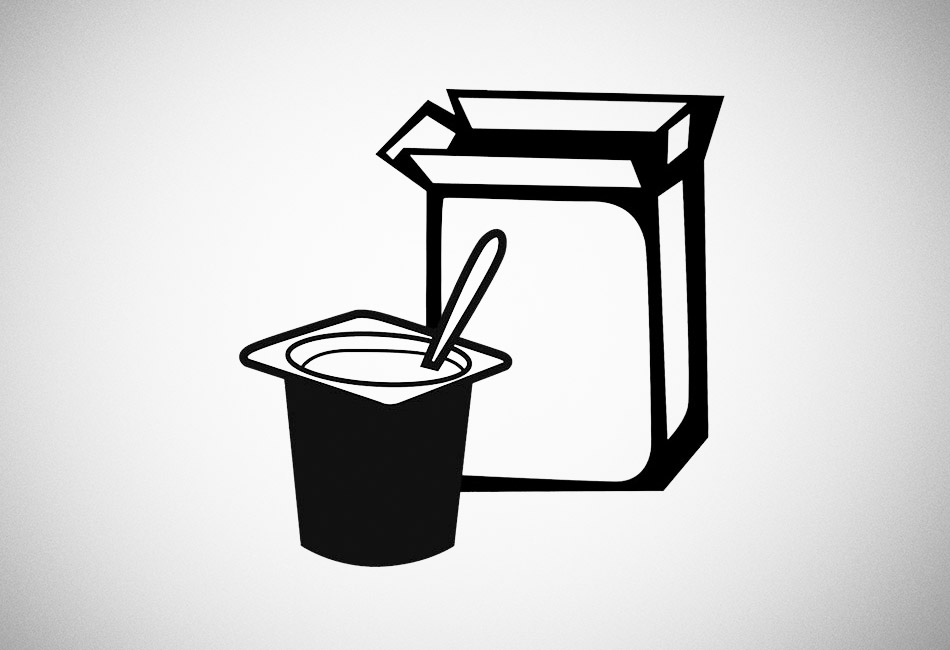
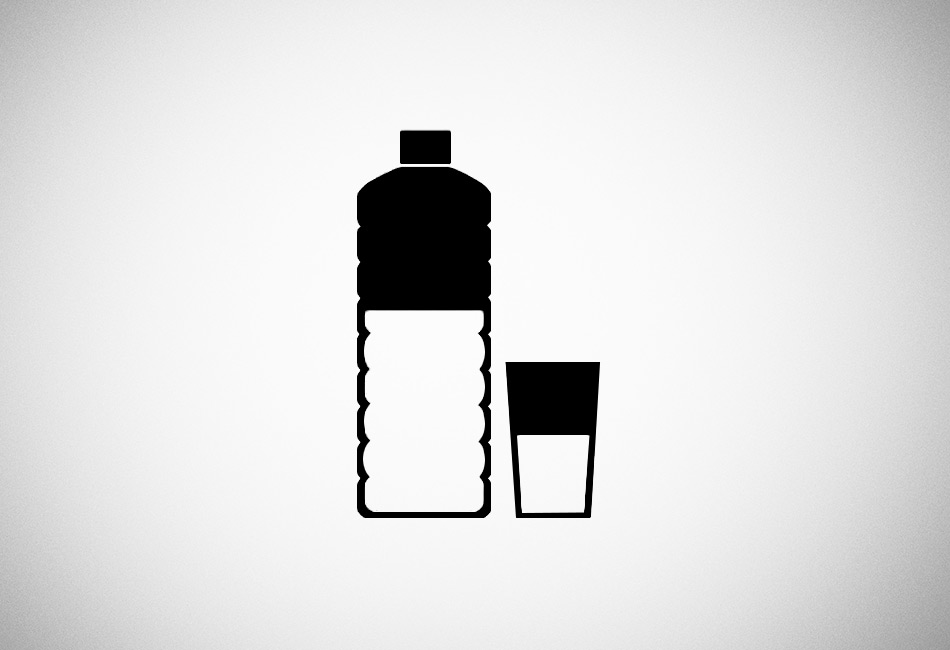
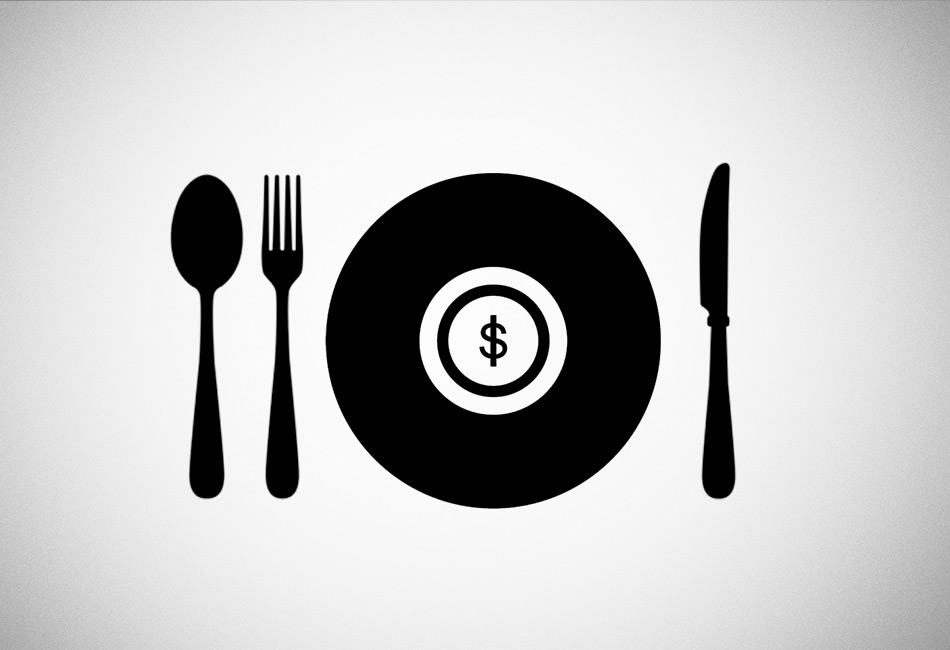
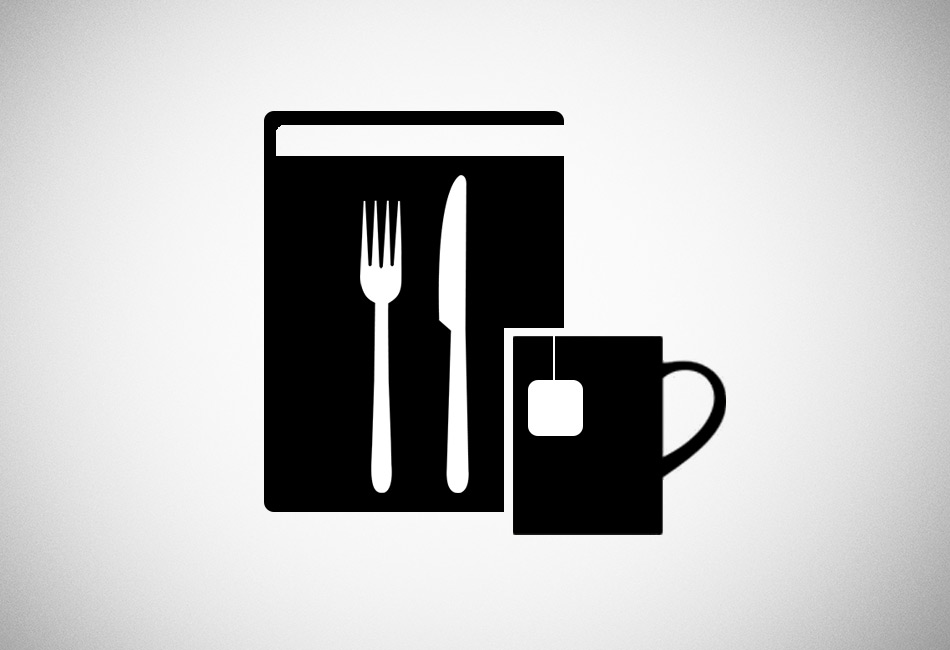
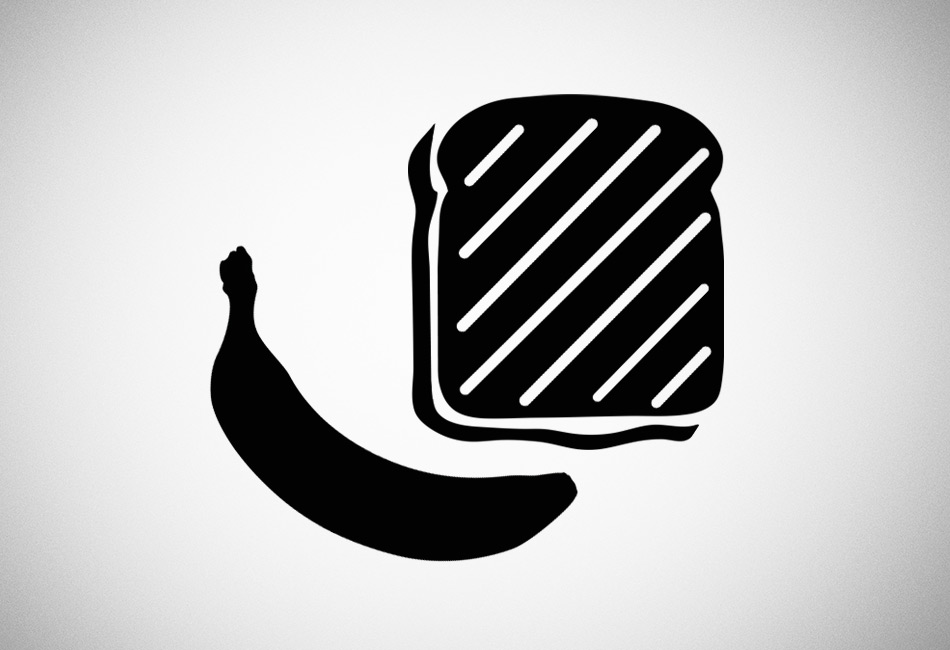
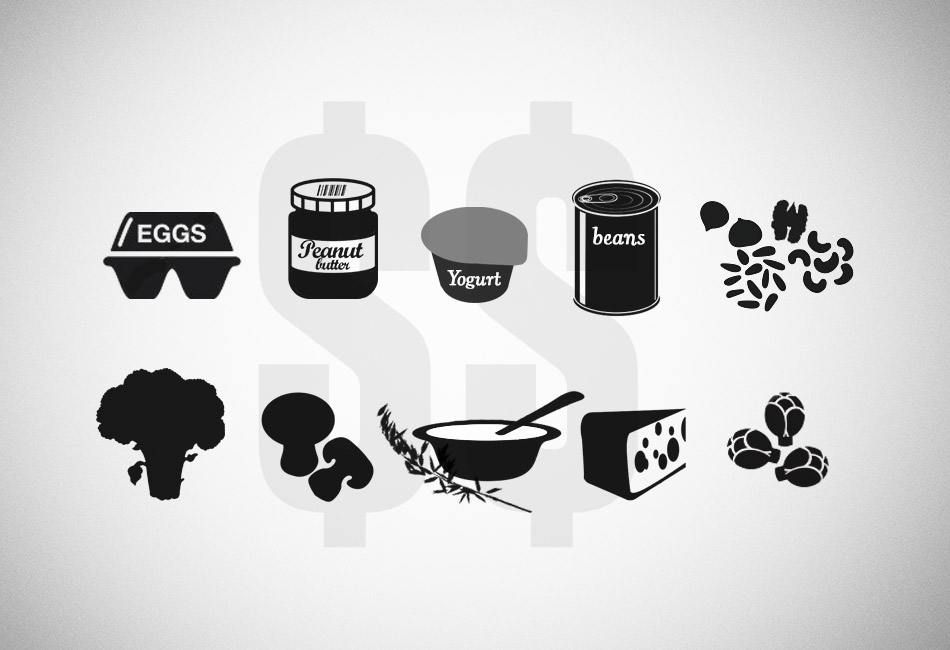

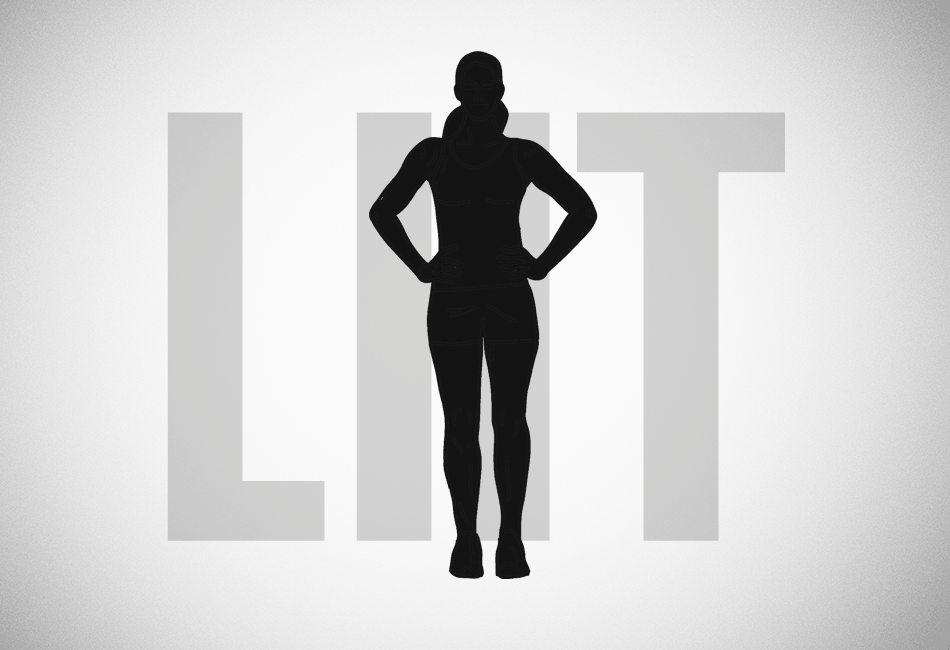
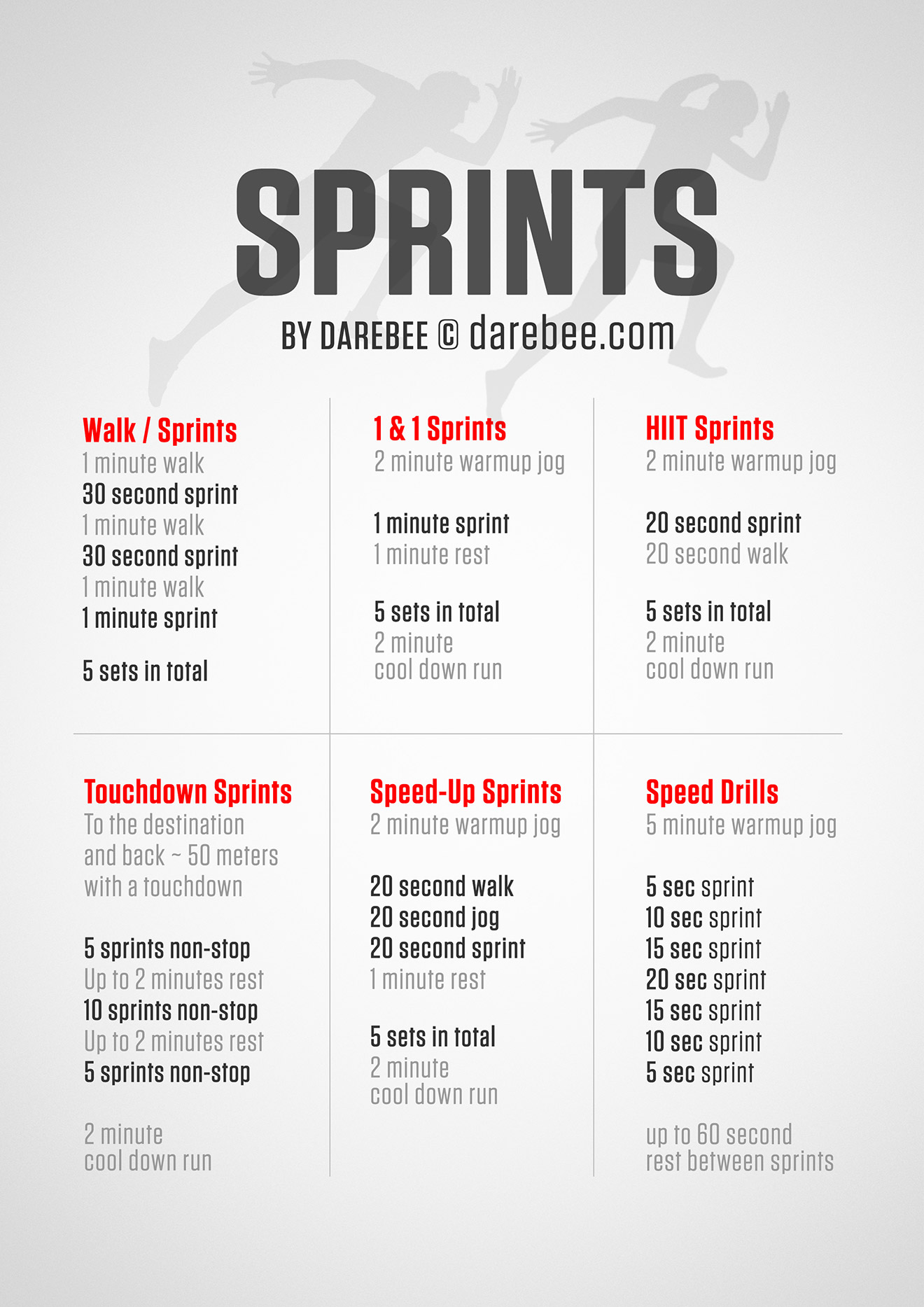



Discussion about this post